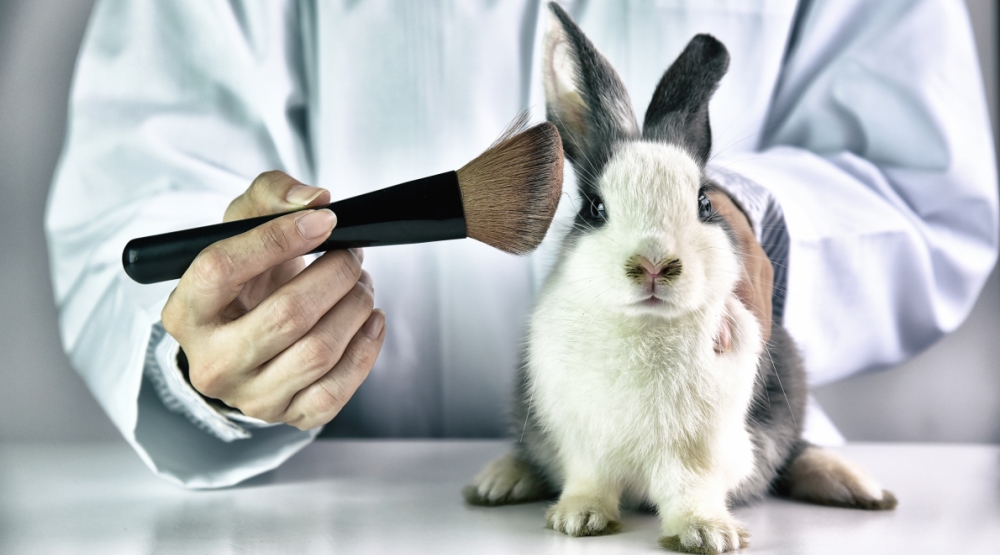China, the world’s biggest and fastest growing beauty market, has approved two non-animal methods for testing cosmetics ingredients sold in the country.
The new test methods, the Direct Peptide Reaction Assay for skin sensitisation and the Short Time Exposure Assay for eye irritation, were two of nine test methods approved by China’s National Medical Products Administration last month.
Due to come into effect on January 1, the tests will be China’s preferred toxicological tests for the registration and pre-market approval of cosmetic ingredients.
Although the tests do not apply to final formulations, they could still help open the doors to the lucrative US$60 billion cosmetics market for companies that don’t want to test their products on animals.
Erin Hill, the president of the Institute for In Vitro Sciences (a US-based non-profit organisation dedicated to the promotion of non-animal test methods), is however not confident that the new tests foreshadow a ban on animal testing by China in the foreseeable future.
She told Cosmetics-Design Asia that although the country is making great strides in building infrastructure “it is going to take some time until there are enough proficient laboratories and approved alternative methods”.
She also pointed out that a short term ban would have negative effects on China’s cosmetic companies as some don’t have “internal experience with alternative methods or risk assessment”.
According to Hill, China’s NMPA and National Institutes for Food and Drug Control have been working together to gain experience and build confidence in non-animal testing approaches in a bid “to modernise China’s regulatory oversight of cosmetics”.
The IIVS and the NIFDC have also collaborated on projects, such as “hands-on training” for provincial NMPA/NIFDC scientists, designed to bring alternative test methods to China.
She said the joint venture has already trained more than a 100 scientists in numerous test methods including the first officially approved non-animal test method, the NRU3T3 Phototoxicity Assay, and the two newly approved test methods.
“We have seen first-hand how the partnership with NIFDC and our training program have built capacity and proficiency in alternatives,” she said.
For more news and updates, subscribe to our weekly newsletter.

